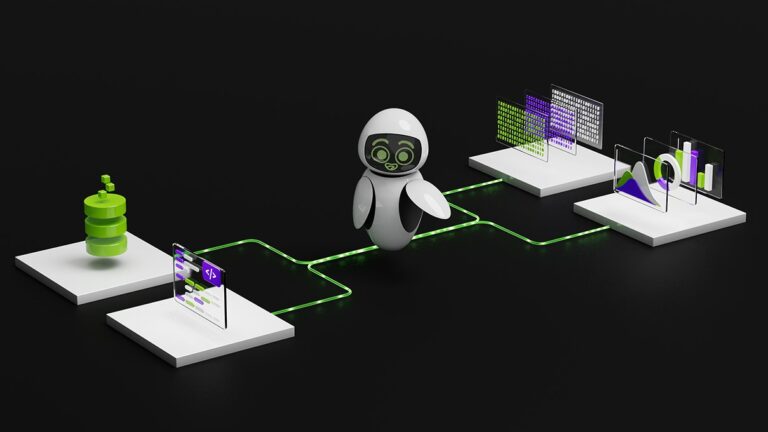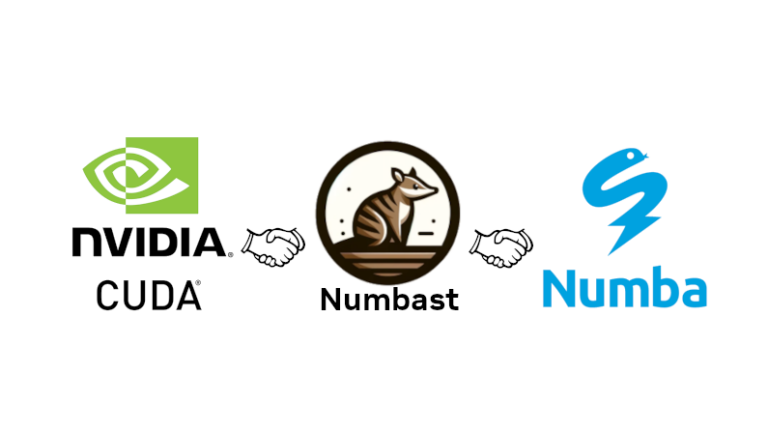 In software development, testing is crucial for ensuring the quality and reliability of the final product. However, creating test plans and specifications can…
In software development, testing is crucial for ensuring the quality and reliability of the final product. However, creating test plans and specifications can…
In software development, testing is crucial for ensuring the quality and reliability of the final product. However, creating test plans and specifications can be time-consuming and labor-intensive, especially when managing multiple requirements and diverse test types in complex systems. Many of these tasks are traditionally performed manually by test engineers. This post is part of the…

 Federated learning is revolutionizing the development of autonomous vehicles (AVs), particularly in cross-country scenarios where diverse data sources and…
Federated learning is revolutionizing the development of autonomous vehicles (AVs), particularly in cross-country scenarios where diverse data sources and… By enabling CUDA kernels to be written in Python similar to how they can be implemented within C++, Numba bridges the gap between the Python ecosystem and the…
By enabling CUDA kernels to be written in Python similar to how they can be implemented within C++, Numba bridges the gap between the Python ecosystem and the…